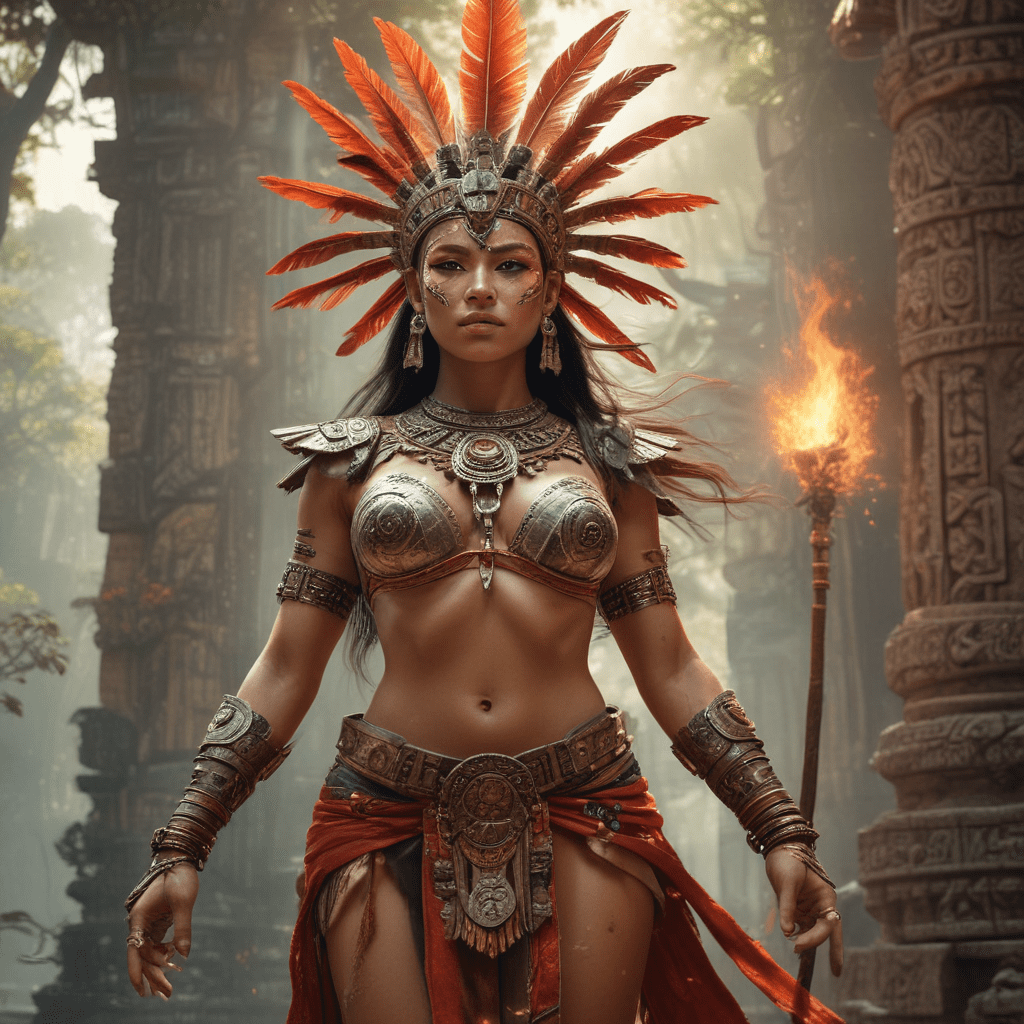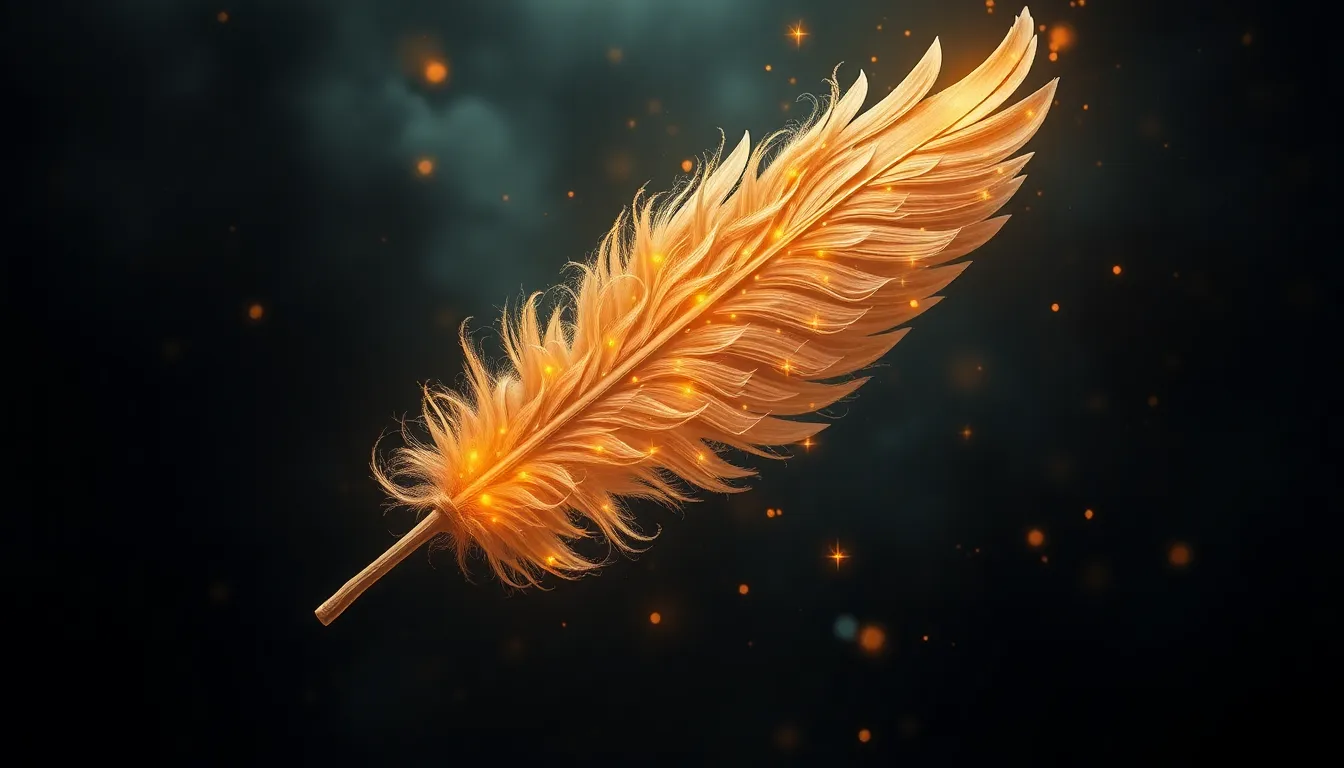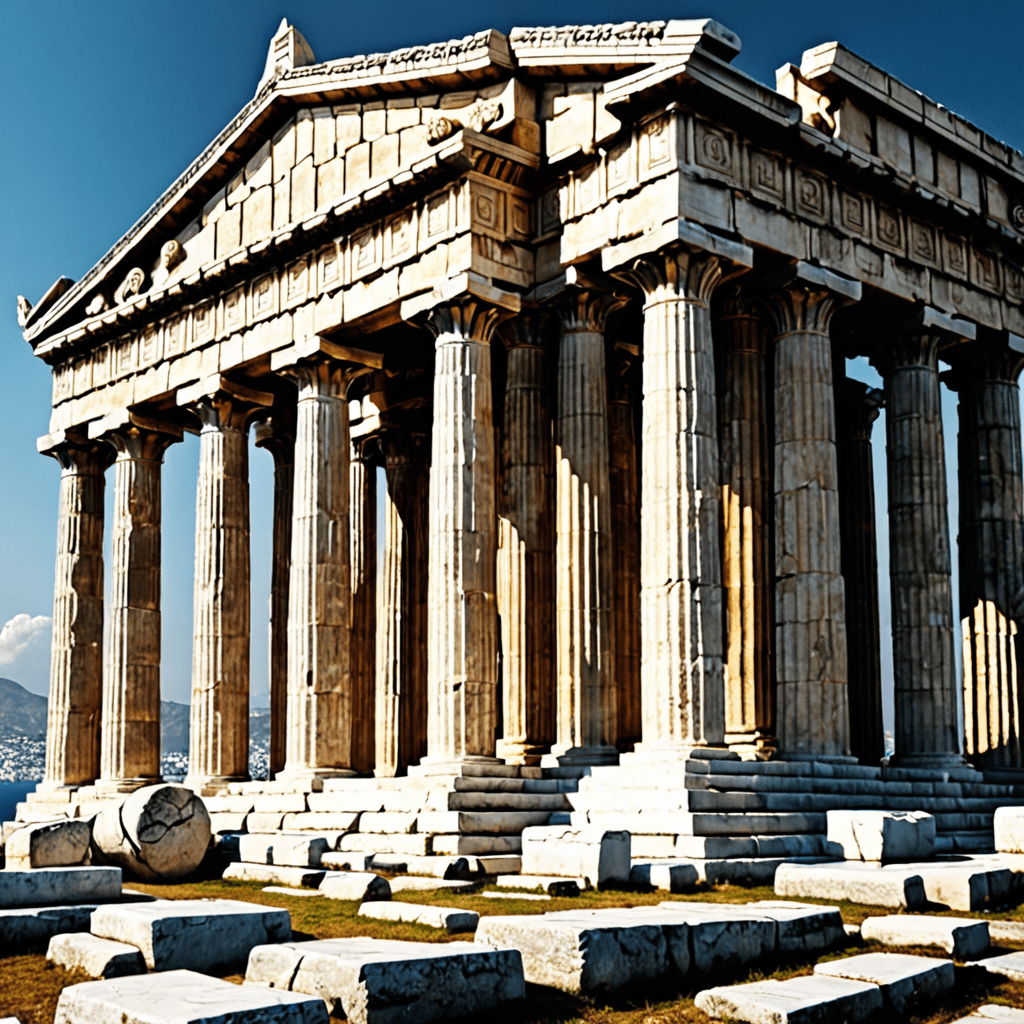The Guardians of the Spirit World: Unveiling the Myths of Mayan Creatures
1. Introduction: Delving into the Enigmatic Realm of Mayan Mythology
The ancient Mayans, a sophisticated Mesoamerican civilization, possessed a rich and complex mythology that was deeply intertwined with their beliefs about the natural world and the afterlife. Within this intricate tapestry of myths and legends, mythical creatures played a pivotal role as guardians of the spirit world, protectors of the underworld, and guides for the souls of the departed.
This exploration into the realm of Mayan mythical creatures will unveil the fascinating stories and symbolism associated with these enigmatic beings. We will delve into the perilous journey through the Mayan underworld, Xibalba, and encounter the fearsome guardians who protect its entrance. We will meet the legendary hero twins, Hunahpu and Xbalanque, who bravely challenged the Lords of Xibalba. We will discover the howler monkey gods, who served as messengers between the living and the dead, and the awe-inspiring bat god, Camazotz, who presided over the night sky.
2. The Underworld Xibalba: A Perilous Journey and Its Guardians
In Mayan mythology, Xibalba was the treacherous underworld, a realm of darkness and death, where the souls of the deceased embarked on a perilous journey. This subterranean labyrinth was guarded by fearsome deities and monstrous creatures, who tested the courage and resilience of those who dared to enter.
Among the guardians of Xibalba were the Lords of Death, a group of malevolent deities who presided over the underworld. These fearsome figures, depicted with skeletal features and adorned with macabre symbols, represented the dangers and challenges that awaited the souls of the dead.
3. The Hero Twins: Hunahpu and Xbalanque – Challenging the Lords of Xibalba
The epic tale of the hero twins, Hunahpu and Xbalanque, is central to Mayan mythology. These courageous brothers, renowned for their wit and cunning, undertook a perilous journey to Xibalba to avenge their father's death and challenge the Lords of Death.
Through a series of trials and tribulations, the hero twins outsmarted and defeated the guardians of Xibalba, ultimately emerging victorious over the forces of darkness and restoring order to the world. Their story serves as a testament to the triumph of good over evil and the power of human ingenuity.
4. The Howler Monkey Gods: Guardians of the Crossroads and Messengers of the Dead
In Mayan mythology, the howler monkeys were revered as sacred creatures associated with the crossroads between the living and the dead. These primates were believed to possess the ability to communicate with the spirit world, acting as messengers between the realms.
The howler monkey gods, often depicted with sharp claws and piercing eyes, served as guardians of these crossroads, ensuring that the souls of the departed followed the correct path to the afterlife. Their howls were said to echo through the night, guiding the dead on their journey.
5. The Camazotz: The Bat God and Keeper of the Night Sky
The Camazotz, a fearsome bat god, played a significant role in Mayan mythology as the embodiment of darkness and the keeper of the night sky. This monstrous creature, with its sharp teeth and bloodthirsty nature, was associated with death and sacrifice.
The Camazotz was believed to dwell in caves and emerge at night, preying on unsuspecting victims. Its presence inspired fear and awe, reminding the Maya of the dangers that lurked in the shadows.
6. The Xoloitzcuintli: The Loyal Canine Guide for Souls in the Afterlife
The Xoloitzcuintli, a hairless breed of dog native to Mexico, held a special place in Mayan mythology as the loyal companion and guide for souls in the afterlife. These dogs, revered for their intelligence and devotion, were believed to possess the ability to navigate the treacherous journey through Xibalba and protect the souls of the deceased from harm.
The Xoloitzcuintli was often depicted in Mayan art and iconography alongside representations of the dead. Their presence symbolized the unwavering loyalty and guidance that these canine companions offered to those who had passed on. In burial rituals, Xoloitzcuintli figurines were placed in tombs to accompany the deceased on their journey to the underworld.
7. The Cipactli: The Primordial Sea Monster and Symbol of Creation and Destruction
The Cipactli, a monstrous sea creature, played a paradoxical role in Mayan mythology as both a symbol of creation and destruction. This fearsome being, often depicted with a crocodile-like head and sharp teeth, was believed to be the primordial monster from which all life emerged.
The Cipactli represented the chaotic and unpredictable nature of the primordial sea, the source of both life and death. Its association with creation stemmed from its role in giving birth to the gods and the world. However, its destructive nature was also evident in its association with floods and earthquakes, forces that could devastate human settlements.
8. The Symbolism of Animals in Mayan Mythology: Jaguars, Snakes, and Eagles
Animals played a prominent role in Mayan mythology, each species carrying unique symbolism and associations. Jaguars, revered for their strength and power, were often associated with royalty, rulership, and the underworld. Snakes, symbolizing fertility, rebirth, and transformation, were frequently depicted in connection with rain deities and agricultural rituals. Eagles, soaring high above the earth, represented the heavens, the sun, and spiritual ascension.
The symbolism of animals in Mayan mythology reflects the close relationship between the Maya and their natural surroundings. These creatures were not merely objects of reverence but embodied the interconnectedness of the physical and spiritual realms.
9. The Role of Mythical Creatures in Mayan Rituals and Beliefs
Mythical creatures played an integral role in Mayan rituals and beliefs, serving as intermediaries between the human world and the supernatural realm. These beings were invoked through elaborate ceremonies, offerings, and prayers to seek guidance, protection, and divine favor.
The representation of mythical creatures in Mayan art and architecture served as visual reminders of the interconnectedness of the physical and spiritual worlds. These depictions reinforced the belief that the natural world was infused with sacred meaning and that humans could interact with the supernatural through the intercession of these mythical beings.
10. Modern Interpretations and the Enduring Legacy of Mayan Mythical Creatures
Mayan mythical creatures continue to capture the imagination and inspire interpretations in modern times. These fascinating beings, with their unique symbolism and stories, provide insights into the beliefs and values of the ancient Maya.
Contemporary artists, writers, and filmmakers have drawn inspiration from Mayan mythology, reinterpreting these mythical creatures for modern audiences. These reinterpretations reflect the enduring legacy of Mayan culture and its ability to captivate and inspire across generations.
FAQ
What is the significance of the Mayan underworld, Xibalba?
The Mayan underworld, Xibalba, was a perilous realm of darkness and death, where the souls of the deceased embarked on a treacherous journey. It was believed to be a place of judgment and purification, where the souls of the worthy were rewarded and the wicked were punished.
Who were the hero twins, Hunahpu and Xbalanque?
The hero twins, Hunahpu and Xbalanque, were courageous brothers who challenged the Lords of Death in Xibalba. They outsmarted and defeated the guardians of the underworld, ultimately emerging victorious over the forces of darkness and restoring order to the world.
What role did the howler monkey gods play in Mayan mythology?
The howler monkey gods were associated with the crossroads between the living and the dead. They were believed to possess the ability to communicate with the spirit world and served as messengers between the realms. Their howls were said to guide the souls of the departed on their journey to the afterlife.
What was the significance of the Xoloitzcuintli in Mayan beliefs?
The Xoloitzcuintli, a hairless breed of dog, was revered as the loyal companion and guide for souls in the afterlife. These dogs were believed to possess the ability to navigate the treacherous journey through Xibalba and protect the souls of the deceased from harm.
How do Mayan mythical creatures continue to inspire people today?
Mayan mythical creatures continue to capture the imagination and inspire interpretations in modern times. Contemporary artists, writers, and filmmakers have drawn inspiration from Mayan mythology, reinterpreting these mythical creatures for modern audiences. These reinterpretations reflect the enduring legacy of Mayan culture and its ability to captivate and inspire across generations.



